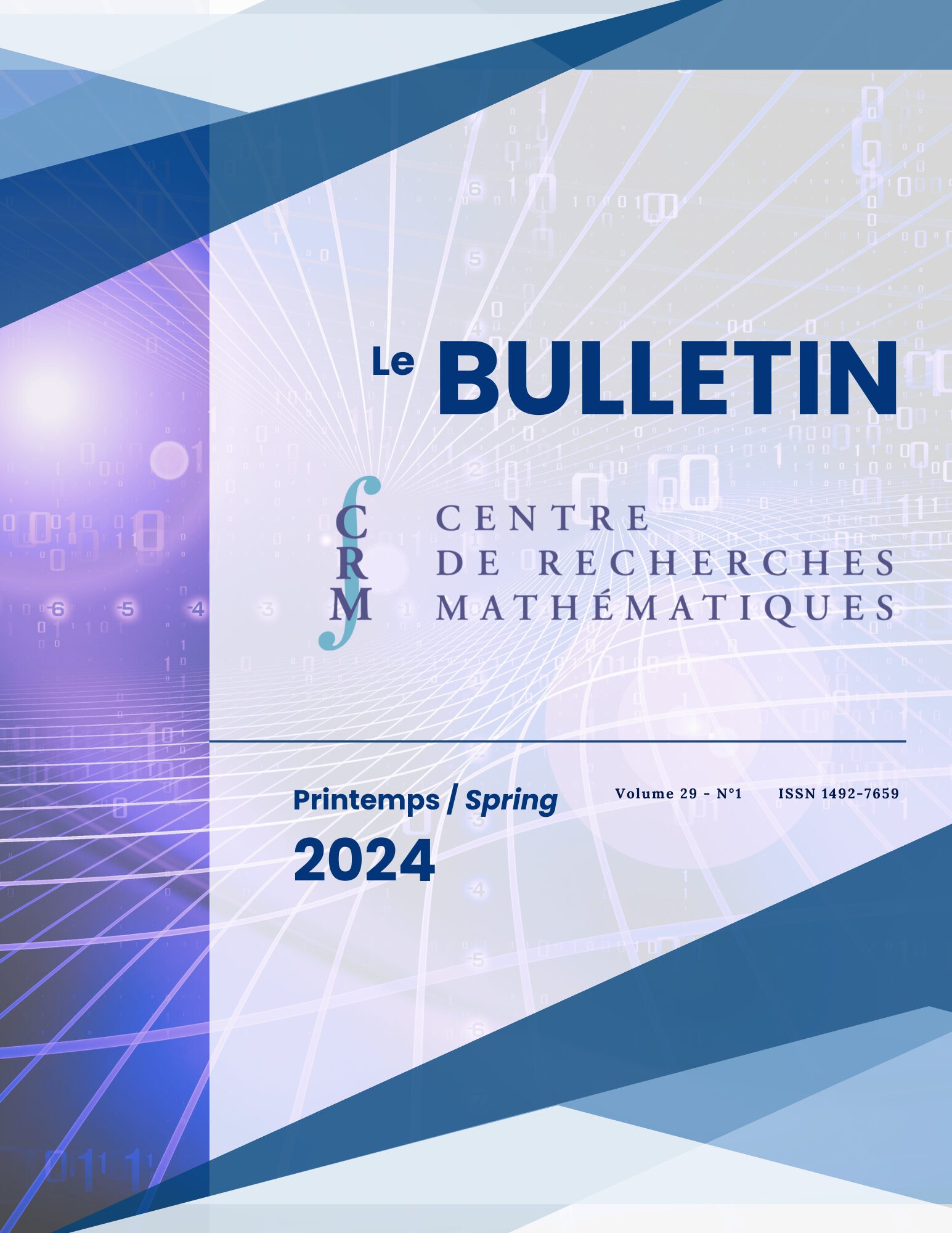Omar HURTADO (University of California, Irvine)
Unique continuation, Wegner lemma, and localization for non-stationary random Schrödinger operators on $\mathbb{Z}^2$
Résumé
We extend methods of Ding-Smart from 2019 which showed Anderson localization for certain random Schr\ »odinger operators on $\ell^2(\Z^2)$ via a quantitative unique continuation principle and Wegner estimate. We replace the requirement of identical distribution with the requirement of a uniform bound on the essential range of potential and a uniform positive lower bound on the variance of the variables giving the potential. Under those assumptions, we recover the unique continuation and Wegner lemma results, using Bernoulli decompositions and modifications of the arguments in the Ding-Smart work. Under additional assumptions, we obtain a localization result at the bottom of the spectrum. In particular, we recover as a special case localization at the bottom of the spectrum for random Schrödinger operators with arbitrary i.i.d. bounded potential in dimension two.
Zhenhao LI (MIT)
Internal waves in 2D aquariums
Résumé
In a strictly convex bounded planar domain, we study the spectrum of the operator
\[P = \partial_{x_2}^2 \Delta_\Omega^{-1}\]
where \Delta_{\Omega} denotes the Dirichlet Laplacian. This operator comes from the analysis of 2D internal waves, which models the behavior stable-stratified fluids under perturbation. The spectral theory of $P$ is intimately related to the underlying classical dynamics of the system, which is given by the \textit{chess billiard map}. We describe the spectral measure near spectral parameters that correspond to ergodic underlying dynamics and relate it to the behavior of internal waves. Joint work with Yves Colin de Verdière.
Matthew POWELL (Georgia Institute of Technology)
Continuity of the Lyapunov exponent of quasi-periodic cocycles
Résumé
The purpose of this talk is to discuss our recent work on multi-frequency quasi-periodic cocycles, establishing continuity (both in cocycle and jointly in cocycle and frequency) of the Lyapunov exponent for non-identically singular $M(m,\mathbb{C})$ cocycles. Analogous results for one-frequency cocycles have been known for over a decade, but the multi-frequency results have been limited to either Diophantine frequencies (continuity in cocycle) or $SL(2,\mathbb{C})$ cocycles (joint continuity). We will discuss the main points of our argument, which extends earlier work of Bourgain.
William WOOD (University of California, Irvine)
Dynamical applications to atudying the apectrum of the periodic Anderson-Bernoulli model
Résumé
In this talk we will focus on the notion of uniform hyperbolicity of sets of matrices, and apply it to transfer matrices related to a discrete Schr\ »{o}dinger operator to study its spectrum. Specifically, we will show how to apply Johnson’s Theorem, which claims that a corresponding Schrodinger cocycle is uniformly hyperbolic if and only if the energy value is not in the almost sure spectrum. As a result, we will prove that the spectrum of period two Anderson-Bernoulli Model consists of at most four intervals. With a higher period the spectrum can have infinitely many gaps, however, an infinite number of is possible.
Xiaowen ZHU (University of Washington)
Closure of bulk spectrum for topological insulator with general edges
Résumé
Topological insulators are materials that exhibit unique physical properties due to their non-trivial topological order. One of the most notable consequences of this order is the presence of protected edge states as well as closure of bulk spectral gaps. In this talk, I will discuss the mathematical description of topological insulators and their related spectral properties. The presentation will begin with an overview of Floquet theory, Bloch bundles, and the Chern number. We will then examine the bulk-edge correspondence in topological insulators before delving into our research on closure of bulk spectral gaps for topological insulators general edges. This talk is based on a joint work with Alexis Drouot.


